Flag Day: Exploring the Symbolism of National Flags
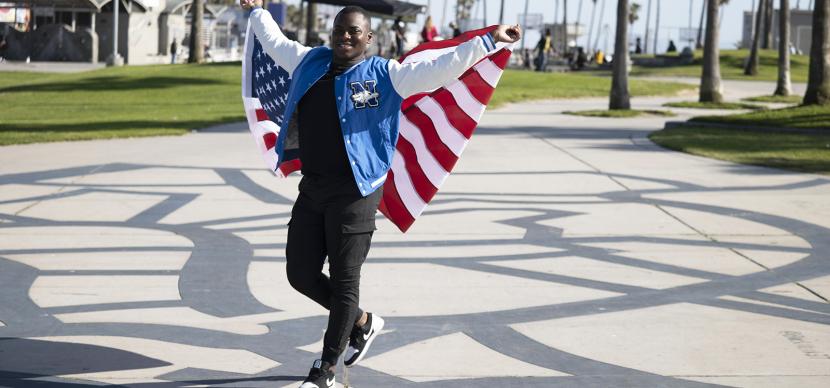
Ever wonder where the symbols on our flags come from? Why is the union jack the image on the United Kingdom’s flag and why does the United States love its stars and stripes? Many of these symbols have fascinating histories that illustrate their nation’s identity and culture.
Today is Flag Day in the United States, a holiday commemorating the adoption of the US flag on June 14, 1777. So we decided to take a closer look at ten national flags, exploring where their symbols come from and what they represent.
Argentina
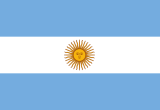
The Argentinian flag consists of two light blue horizontal lines with a sun in the center. The sun, which has a human face, is known as the Sun of May, representing the country’s independence and Inti, the Incan god of the sun. The blue is meant to symbolize clear skies and the white surrounding the sun is a reminder of the thick white snow on the Andes Mountains.
Australia
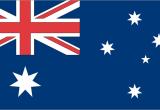
The original design of the Australian flag was chosen in 1901 from a collection of entries in a national competition. The seven points on the stars represent the unity of the six states and the territories, while the union jack signifies Australia’s place in the Commonwealth, reminding viewers of the history of Australia’s settlement by the British in 1788.
Brazil
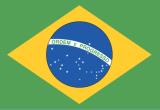
The Brazilian flag was first adopted on November 15, 1889. The bright green color represents the lush forests and expansive fields of Brazil. The main symbol in the middle, a yellow diamond and a blue globe, illustrates Brazil’s wealth in gold. The words in the globe read “Ordem e Progresso” or, “Order and Progress.”
Canada
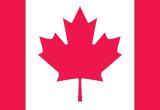
Canada’s red and white flag with the maple leaf in the middle was the first ever flag specified by law to be used as a national flag. In 1964, the Prime Minister of Canada formed a committee to resolve the issue of Canada’s lack of a flag, ultimately deciding on the image of the maple leaf, which was first used as part of the coat of arms for Ontario and Quebec.
China
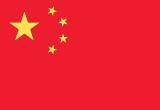
The red of the Chinese flag represents revolution and the small stars symbolize the four social classes: the working class, the peasantry, and the two bourgeoisies (urban and national). The larger star on flag stands for the Communist party of China, the unifying thread between all of the classes.
France
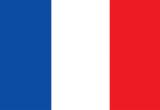
The French flag consist of three vertical stripes: blue, white, and red. These colors were taken from the cloth that King Louis XVI wore while addressing a public gathering in Paris during the revolution.
Japan

The Japanese flag, otherwise known as “Nisshōki,” is a white rectangle with a red disk in the middle. The red disk is representative of the sun goddess Amaterasu, the founder of Japan and the ancestor of its emperors. It symbolizes a bright future.
Mexico
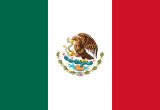
Based on the legend of the wandering Aztec people that originally inhabited the land, the coat of arms in the middle is a reminder of the Mexican people’s history. The color green signifies hope, the color white represents peace, and the red stands for bravery and strength. The Mexican flag was adopted on September 16, 1968.
United Kingdom
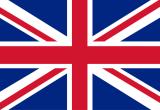
Dating back to 1801, the symbol on the UK flag is known as the union jack. The crossing red lines represent the patron saints of Wales, Scotland, and England coming together.
United States of America
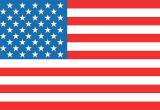
Also known as “Old Glory,” the American flag has undergone many redesigns since its creation. The flag we all know today consist of 50 stars and 13 stripes. The stars represent all of the states in the union and the stripes represent the 13 British colonies that declared their independence from the Kingdom of Great Britain.
Fun Fact: Did you know the Vatican City has its own flag? It represents the pope’s spiritual and worldly power!
 617 275-5955
617 275-5955



